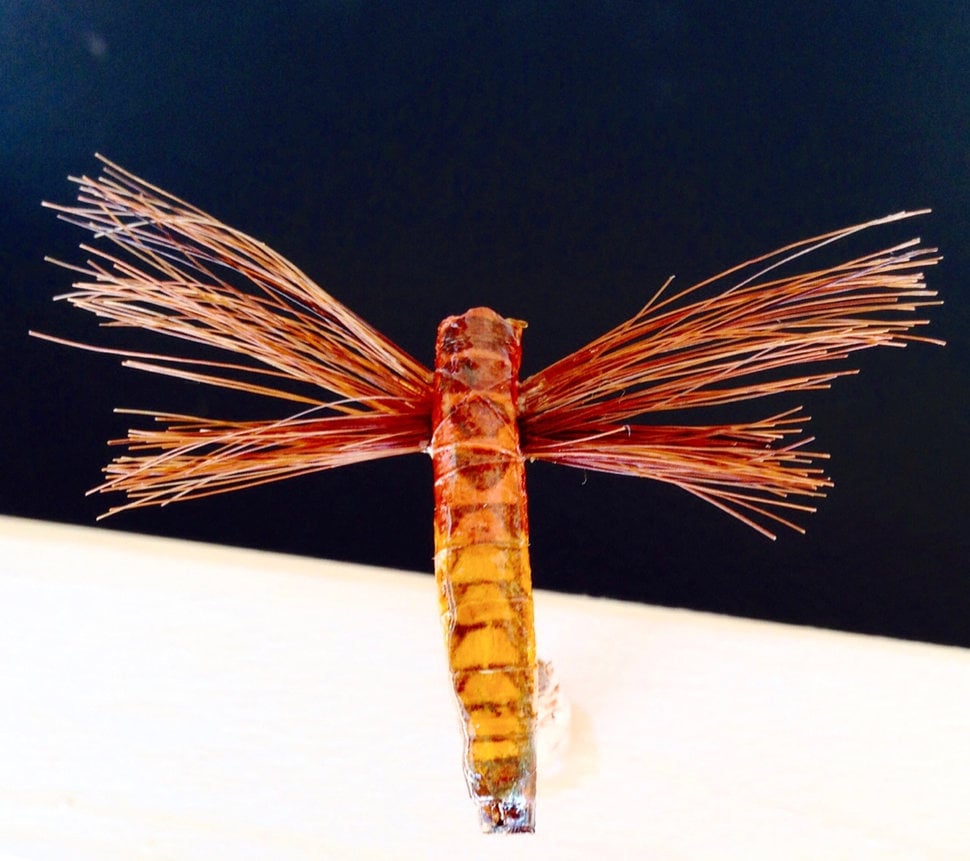Vintage Fly Challenge ~ The Bunyan Bug
05 Apr 2022

While the MFFR, Chubby Chernobyl, or Clark's Stone have a cult-like following during the Salmonfly hatch, done can hold a candle to the longevity of this week's Vintage Fly Challenge, the Bunyan Bug. This humble creation from the vise of Norman Mean was first "conceived, made, and used" somewhere between 1923 and 1929. But it was not until 1992, when Brad Pitt yelled across the river to ask what they were biting on, and his "brother" Norman replied, "a Bunyan Bug!" did this pattern gain hero-worship stardom.
While crafted for Montana Salmonflies, I'm sure we'll see a resurgence of interest once you submit your entries. I'm sure some will question the validity of "tying" this pattern as the material list reads more like something for high school shop class...
The first Bunyan Bugs appeared in about 1929 and were all hand-painted. Later, production models were made with a decal (fine tissue) which was lacquered in place making the paper disappear, leaving just the image.
According to Montana Trout Flies by George Grant, the materials are:[3]
- Hook: "Size 4, heavy-wire, shank length about 1 1/4, also made with size 2 hook."
- Cork Body: "Just about the same length as the hook shank. Generally round but slightly flattened on both sides and bottom."
- Color: "Stained or painted deep orange. Segmented markings can be applied with permanent ink pens on both the top and bottom. Use black or dark brown ink."
- Wings: "Hair from horse mane, blonde or light sandy, inserted into the front end of the body so that wings will lie flat and spent."
- Tying note: "Body with wings cemented in the slit, should be slit (not very deep) lengthwise and placed on top of the hook so that almost all of the cork body is on top."
- "A strong tying thread, attached to the hook shank prior to positioning the cork body, will now be wound firmly at segment marking to firmly seat the body on the shank."
- "Use of strong adhesives in seating both wings and body will assist in keeping all parts in the proper position."
- "Tying thread should be fastened off ahead of the wings with a whip finish. Coat entire body with clear varnish."
Please email your entry to [email protected] by April 27th. The winner will be announced on the 28th in the newsletter.
Be the first to comment...




